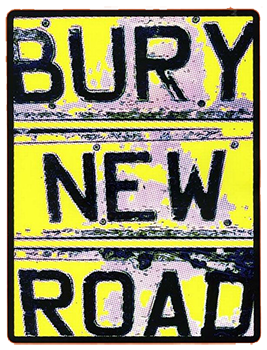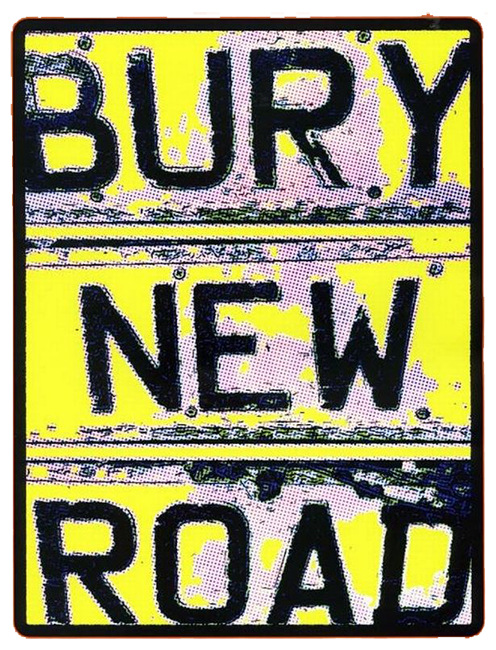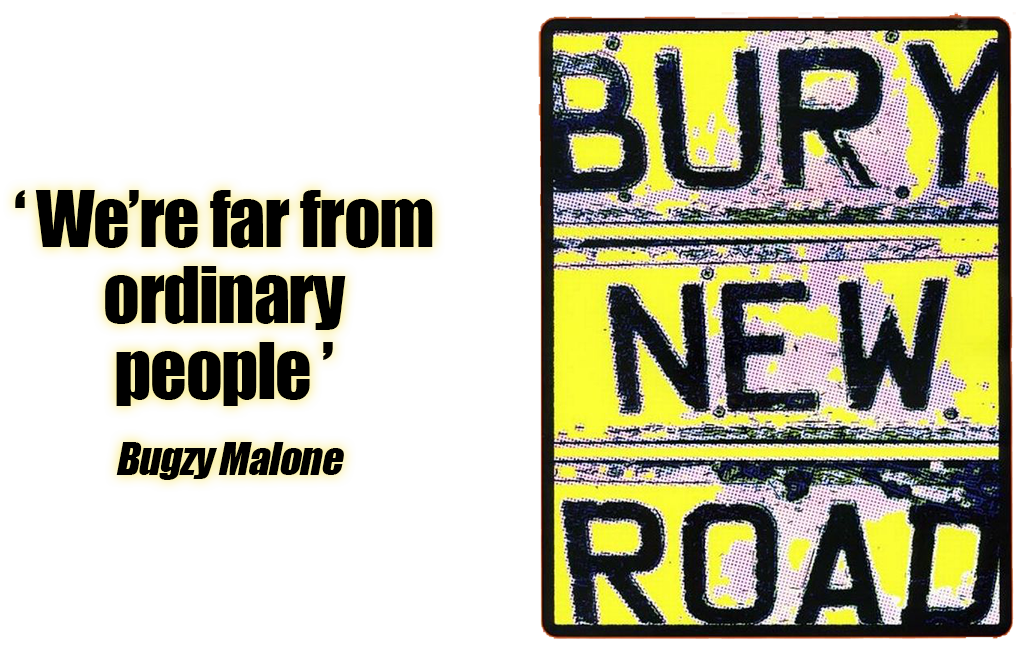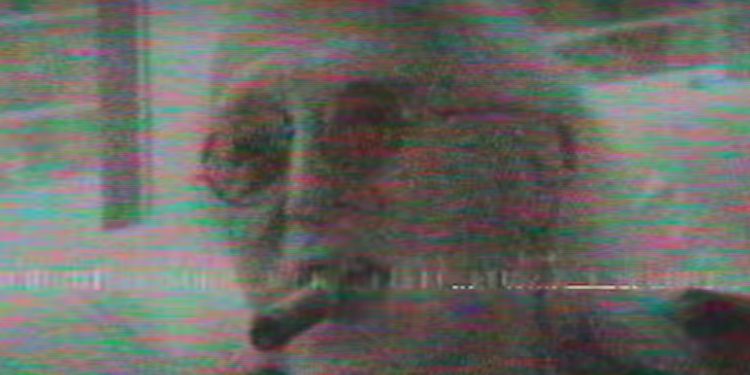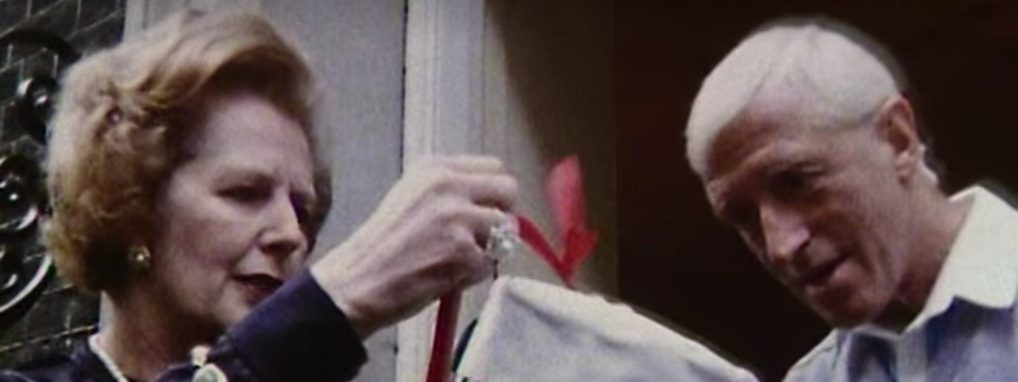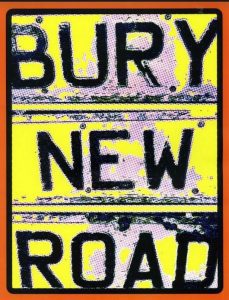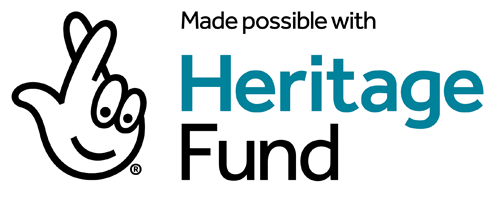Who is it? Jimmy Savile (1926 -2011)
What is he known for? Going from ‘national treasure’ to the most high profile sex offender in the country. At one point, Savile claimed to reach 40 million people a week through his tv shows, radio shows and press coverage. Voted Britain’s top DJ four years in a row, host of the now infamous Jim’ll Fix It and Top of the Pops, and was estimated to have raised £40million for charities… “A man of the people is allowed near the people” says TV critic Mark Lawson “Terrible, terrible things happened because of that…”
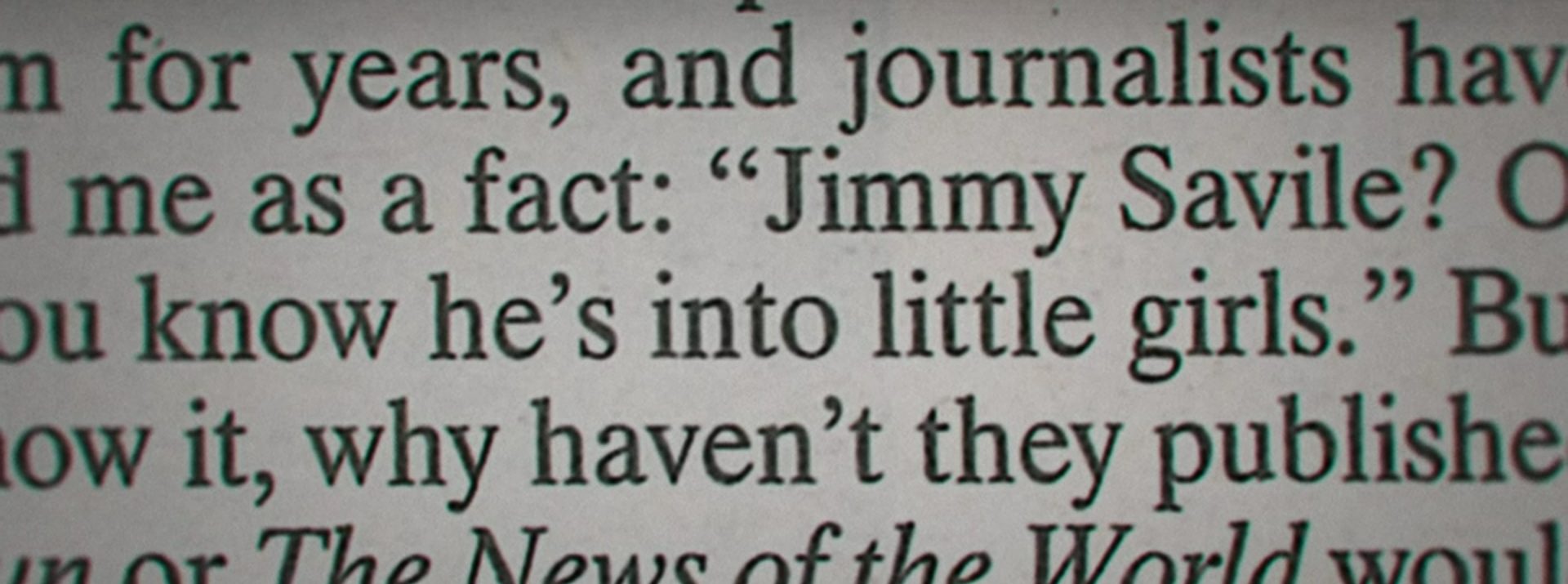 What did he change? Before the true extent of his crimes broke, Savile was seen as pioneering the swinging Sixties, presenting the first edition of Top of the Pops from Manchester in 1964, and running ‘discos’ both at his various clubs in The Rialto complex and in Manchester centre.
What did he change? Before the true extent of his crimes broke, Savile was seen as pioneering the swinging Sixties, presenting the first edition of Top of the Pops from Manchester in 1964, and running ‘discos’ both at his various clubs in The Rialto complex and in Manchester centre.
More importantly, however, was Operation Yewtree, launched by the Metropolitan Police in 2012, that investigated Savile’s crimes and other high profile cases. The Met’s Commander Peter Spindler argued that the police investigation “empowered a staggering number of victims to come forward to report the sexual exploitation which occurred during their childhood…This is a watershed moment for child abuse investigations…”
Meanwhile, in an article for the Bury New Road project, the NSPCC’s Assistant Director for the North West, Clare Crabb, suggests that “Savile’s case was a catalyst to many people who had suffered child sexual abuse, both at his hands and by others, speaking out…it feels fair to say that society’s attitude towards child sexual abuse and the willingness for people to report it and how police approach these investigations has significantly changed.”*
What was he doing on Bury New Road?
From Leeds, Savile came to Manchester in the 1950s, and lived at 301 Great Clowes Street, on the corner of Duncan Street, until 1963, when he moved to Ascot Court on Bury New Road.
In 2014, during the sex abuse trial of his associate and former driver and fixer, Ray Teret, the court heard that Savile’s house in Great Clowes Street was semi-derelict…“It was a big old rambling Victorian square building” said Teret “A house of three floors, totally detached. It was like a haunted house on the corner. It was a joke really. It was derelict, the whole house. There were no lights in the corridor. The door had no proper handle on it. There was just one room at the front. When he moved into it all the plaster had come off the walls. He got a doorman he knew to fill it all in matt black. He didn’t have a television. He didn’t have a kettle.”
Giving evidence at the trial was Alan Leek, a junior reporter at Manchester Comet newspaper in the mid-Sixties who said that Salford City Council handed Savile a new flat in Ascot Court as his Great Clowes Street property was due for demolition. It was at these properties, and others, where offending took place, according to women who later testified.
Savile also ran clubs at the Rialto complex – The Broughton Assembly Rooms, Whiskey A Go Go and Jimmy Savile’s Disc Club – where young girls were ‘chatted up’ and some, later abused.**Savile was almost certainly also using Prestwich Hospital to abuse one girl and threaten her.***
How important was Jimmy Savile?
It’s hard for anyone to imagine just how influential and popular Jimmy Savile was, before his crimes were exposed. Margaret Thatcher pressed four times for him to be knighted and invited him to the PM’s country retreat, Chequers…“The relationship was pretty close” says Thatcher’s Principal Private Secretary at the time, Lord Robin Butler. Savile was also receiving personal letters from the then Prince Charles, asking for advice on PR and speeches.
It’s best summed up by Paul Connew, former editor of the Sunday Mirror, who, quoting from the girls affected, repeated ‘Who’s going to believe us, a pair of former approved school girls, when Jimmy Savile has been honoured by the Pope; that he’s a friend of Prince Charles and Princess Dianna, and Margaret Thatcher…’
See also:
